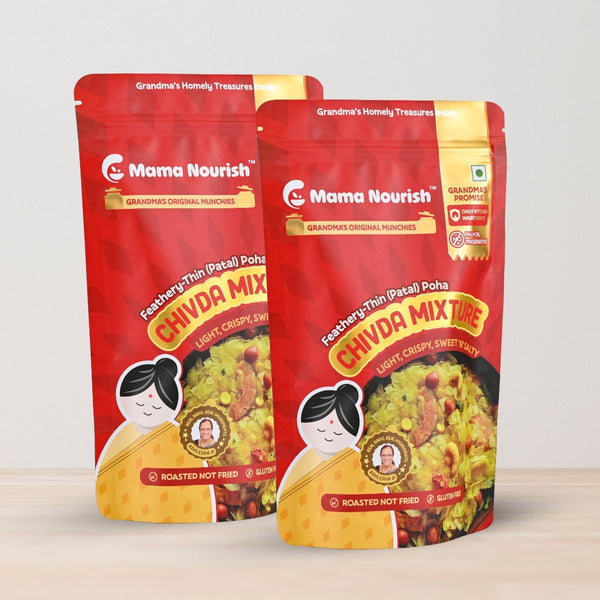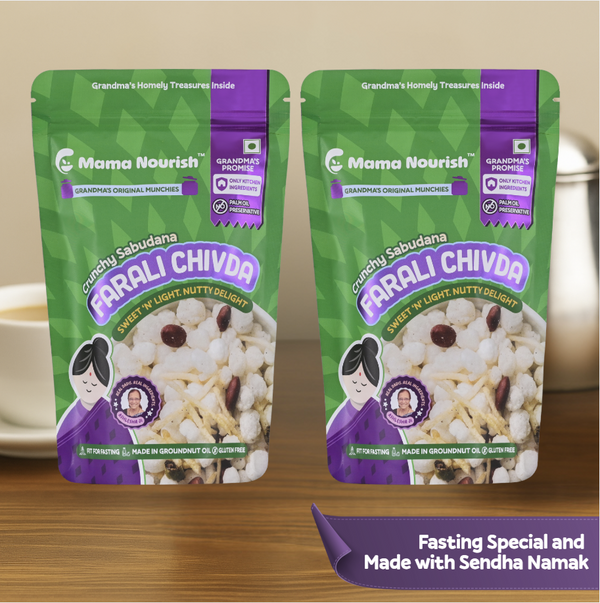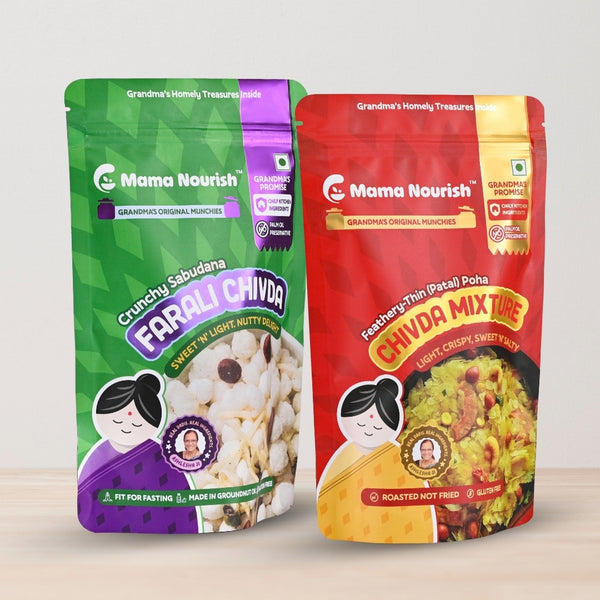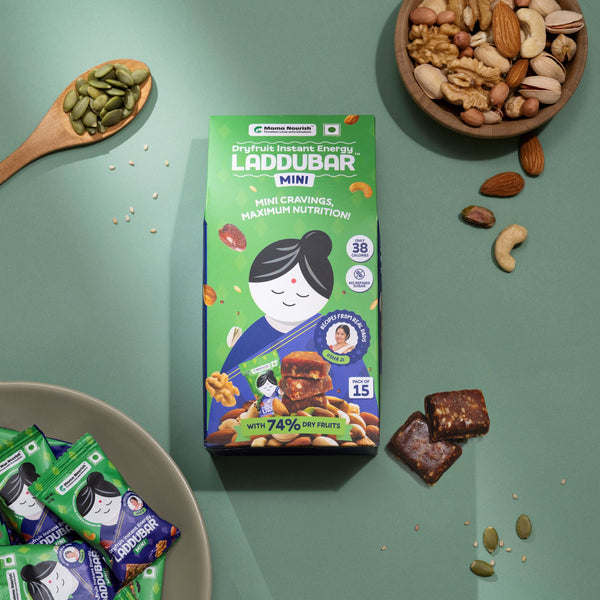
Why You Can't Stop Eating Sugary Food: All You Need to Know!
Well, we hear a lot about sugar daily; since childhood, we hear about things like too much sugar is bad for teeth–and today, studies have linked refined sugar to more health issues like obesity and heart diseases.
But still, you find it difficult to quit sugar. Do you know what's the science behind this addictive behaviour?
Not just that, today, not only fitness trainers but also your favourite celebrities are ditching sugar.
But what exactly does it mean to quit sugar, and what kind of sugar are they ditching?— what's Refined, Added and Natural sugar?
What is refined sugar, Added Sugar & Natural Sugar in Food?
Refined sugar includes not just the white crystalline sugar you usually put in your coffee but also brown sugar and liquid sugars like high fructose corn syrup.
To be more specific they are extracted from sources like sugar cane, sugar beets, or corn and go through a sugar refining process in manufacturing facilities–to the point that they lose almost all nutrients.
The White sugar or table sugar you consume is chemically sucrose or C12H22O11–a combination of carbon, hydrogen and oxygen molecules. And it's ‘empty calories’--just add calories without any other nutrients.
We understood the refined sugar meaning, but refined sugar is also a type of Added sugar.

When you check the ingredients list of a product you may see–Added sugar. According to FSSAI, —‘added sugars means monosaccharides and disaccharides added to foods and beverages’.
To put it simply, any sugar added which is not naturally present in ingredients during the preparation process is added sugar; hence, it's a broader term than refined sugar; it can include Syrups, Sugar concentrate from fruits, jaggery, Honey etc.
Finally, as the name suggests natural sugar is the sugar that's naturally found in fruits, milk, nuts, grains, seeds and vegetables.
For example, fruits like pomegranates and mangoes are naturally high in sugar.
Let's summarize refined sugar vs natural sugar.
 Natural sugar: Types
Natural sugar: Types

Are you Addicted to Sugar? The Science Behind Wanting More & More Sugary Stuff!
You can not completely blame yourself for indulging in sugary stuff--because sugar craving is wired into your brain, and it, in fact, helped our ancestors to survive! —Yes, it is part of evolution for survival when food was scarce.
For the brain, it needs glucose as its energy source to function, and you get it from sugar.
In ancient times, sugary things like ripe fruits or honey were so rare, and hence, primates and ancient people evolved to like ripe fruit with higher sugar to get more energy–, millions of years ago, this survival trait to find energy-packed food sources helped the ancestors to survive in a harsh environment of less resources.
To put it bluntly, according to studies, the survival of ancient men depended on this sugar craving.
If somebody disliked sweet taste in the Stone Ages, they may not be able to get enough energy to live and pass on the genes.
So, the survival of fitness happened and the sugar craving became wired to our brain.
Apart from evolution, sugary foods make you feel good–yup that sugary kick is real!
And today, unlike in older times, sugar is everywhere and in almost everything we eat.
When you eat different types of food–the brain detects different tastes like bitter, salty, Umami and sweet.
When sweetness is detected by the brain, it activates a reward system or makes you feel good, which tempts you to do it again.
This happens due to the release of dopamine —a chemical in the brain. Such foods which cause dopamine release are rare, and sugar is one. Plus, the sugar fix gives you a quick energy boost but only causes a crash later, which further leads to more cravings.

When people drink alcohol or take drugs, the overstimulation of this dopamine happens, which makes them addicted to get that high again.
Sugar does not cause such a big over-release of dopamine. But when you eat sugary stuff regularly or eat too much, the dopamine level does not go down, and hence, you keep feeling good–and you go from one bite of doughnut to finishing one and more! This ‘feel good’ is also the reason you buy sweet candies for celebrations.
This feeling you get when you eat more and more sugar makes it kind of like a drug and you feel addicted to eating more.
It's like—
Sugar consumption → Dopamine release → Feel good/ Reward sensation → Craving and repetition.
On the other hand, let's say you are eating veggies–when you try them for the first time it does raise dopamine levels but when you eat the veggies daily or the same healthy dish, again and again, the dopamine level will stop rising because the brain craves for new tastes as a variety of foods & tastes is actually good for us–but it's also the reason that you can't get addicted to healthy veg salad and it makes you bored after eating a couple of times.
But as we talked earlier, sugar is an exception-it keeps giving you pleasure.
Today, sugar intake has reached unhealthy levels–but how much sugar is acceptable?
What's the Recommended Daily Sugar Intake
 The World Health Organization (WHO) recommends that both adults and children limit their daily intake of free sugars to less than 10% of their total daily calories.
The World Health Organization (WHO) recommends that both adults and children limit their daily intake of free sugars to less than 10% of their total daily calories.
For even greater health benefits, they suggest reducing sugar consumption further—to below 5% of daily calories, which is about 25 grams (or 6 teaspoons) per day.
You can reduce the overconsumption of unhealthy refined sugar by eating healthy snacks like dry fruits, naturally sweetened treats, fruits, nuts and sugar free bars and reading the ingredients list carefully to avoid refined sugar hidden in savoury foods and condiments.
Note: The article is provided for informational purposes only
Share







